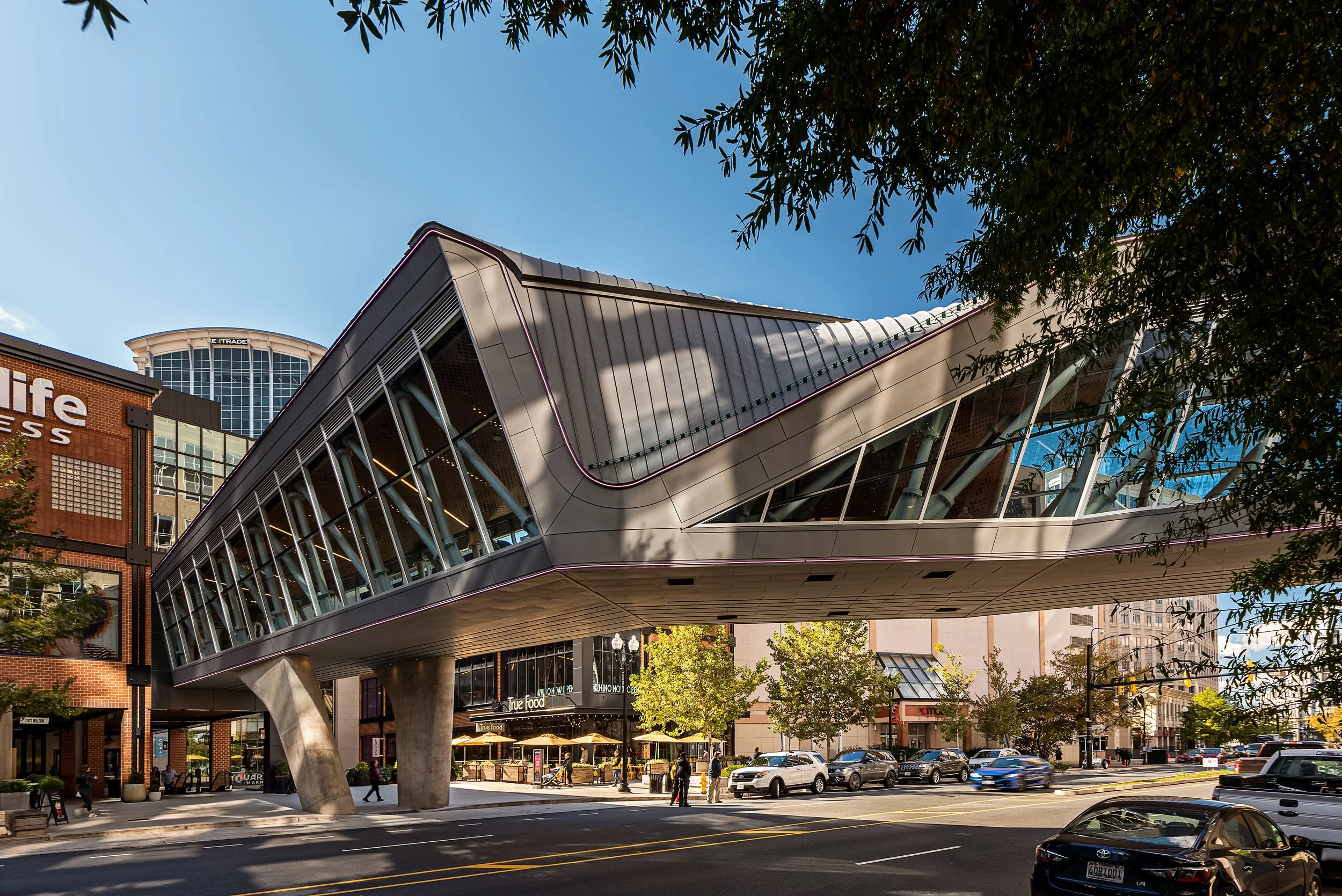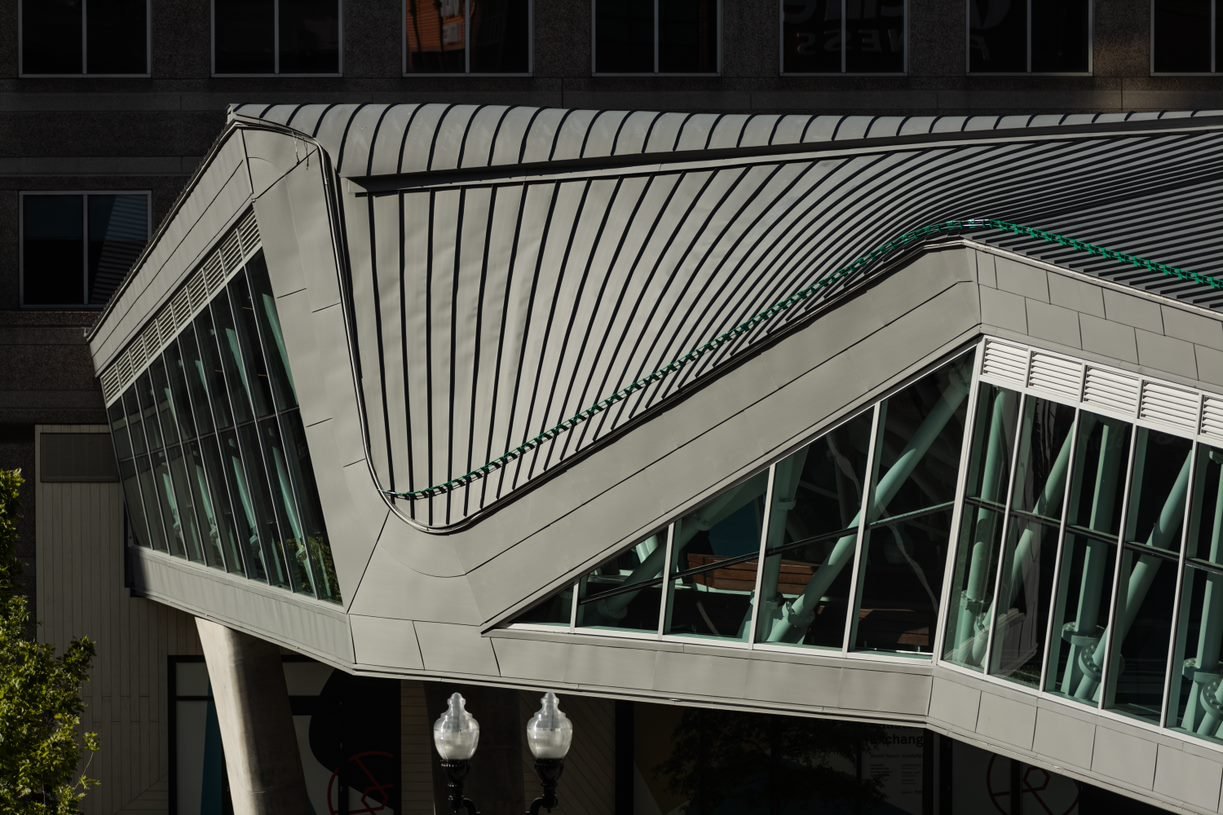Connecting Communities: The Multifaceted Benefits of Pedestrian Bridges
In urban landscapes worldwide, the integration of pedestrian bridges has emerged as a testament to human ingenuity and architectural marvel. These elevated pathways, often spanning roads, rivers, railways, and other obstacles, serve more than just the functional purpose of providing a safe crossing for pedestrians. Pedestrian bridges offer a range of benefits that extend beyond their utilitarian role, positively impacting communities, cities, and the environment.
Top 10 Benefits of Pedestrian Walkway Bridges
1) Enhanced Safety and Accessibility
The most obvious advantage of pedestrian bridges is their role in ensuring the safety of pedestrians. By segregating foot traffic from vehicular traffic, these bridges reduce the risk of accidents and provide a secure passage for people of all ages and abilities. This enhanced accessibility encourages more people to explore their surroundings on foot, fostering a healthier lifestyle while minimizing the potential for collisions and injuries.
2) Connectivity and Mobility
Pedestrian bridges serve as vital connectors, linking neighborhoods, public spaces, and transportation hubs that might otherwise remain isolated. This improved connectivity promotes greater mobility and a more seamless flow of people, thereby reducing traffic congestion. As a result, the use of pedestrian bridges encourages more sustainable modes of transportation, such as walking and cycling, which contribute to decreased carbon emissions and a greener urban environment.
3) Aesthetic Enhancements
Architecturally striking pedestrian bridges like the Ballston Quarter Pedestrian Bridge, have the potential to become iconic landmarks, adding aesthetic value to the urban landscape. Their unique designs and integration of artistry can transform ordinary commutes into inspiring journeys. These bridges contribute to the identity of a city, attracting tourists, bolstering local pride, and fostering a sense of community ownership.
4) Economic Boost
The presence of pedestrian bridges can revitalize local economies. By facilitating easier access to commercial areas, parks, and cultural attractions, these bridges increase foot traffic and encourage business growth. They create opportunities for small vendors and entrepreneurs, further contributing to the economic vitality of surrounding areas.
5) Social Interaction and Community Building
Pedestrian bridges have a knack for bringing people together. As communal spaces, they provide spots for impromptu gatherings, artistic performances, and recreational activities. These interactions foster a sense of camaraderie and contribute to a stronger sense of community belonging.
6) Health and Well-being
Promoting active lifestyles, pedestrian bridges play a crucial role in improving public health. Encouraging walking and cycling can reduce the prevalence of sedentary behavior-related diseases, such as obesity and cardiovascular problems. Additionally, the scenic routes and open spaces that pedestrian bridges often offer can serve as stress-relieving respites in bustling urban environments.
7) Environmental Benefits
By advocating for environmentally friendly modes of transportation, pedestrian bridges play their part in reducing the carbon footprint of cities. Fewer cars on the road lead to lower air pollution levels, better air quality, and reduced noise pollution. These contributions are integral to creating sustainable, eco-friendly urban spaces.
8) Safety for Vulnerable Groups
Pedestrian bridges are particularly beneficial for vulnerable groups such as children, the elderly, and individuals with disabilities. These populations often face challenges when navigating streets and roads, making pedestrian bridges a safe and inclusive option for them to move around independently.
9) Education and Inspiration
Pedestrian bridges offer an educational platform for showcasing innovative engineering, construction techniques, and sustainable design principles. Their presence can spark interest in these fields among students, encouraging them to pursue careers in architecture, engineering, and urban planning.
10) Long-term Investment
Investing in pedestrian bridges is an investment in the future. Their enduring structures provide long-lasting benefits that continue to yield positive impacts for generations to come. As cities evolve, these bridges remain steadfast, contributing to a legacy of improved urban planning and community development.
Bringing Communities Together with Pedestrian Bridges
Pedestrian bridges are much more than mere crossings; they are dynamic components that transform cities into safer, more connected, and vibrant spaces. Beyond their primary function of facilitating pedestrian movement, these bridges foster social interaction, stimulate economic growth, promote environmental sustainability, and contribute to the overall well-being of communities.
As urbanization continues to reshape our world, the integration of pedestrian bridges stands as a testament to the value of thoughtful and innovative city planning, reminding us that the best solutions are those that prioritize the needs and aspirations of the people they serve.
If you’re interested in learning more about our work and experience, give us a call, send an email, or fill out the form on our contact page. We look forward to hearing about your project and how we can provide assistance and guidance. We service all of Ohio including Cleveland, OH, Columbus, OH, Cincinnati, OH and beyond. We also work in Miami, FL, Washington, DC, and Philadelphia, PA
Contact Information: (216) 791-4410 | studiotechnearchitects@gmail.com



